Syracuse, New York, is poised to launch a pioneering “Drone as First Responder” program, expanding from high-priority 911 calls to any incident deemed to enhance public safety, according to a City Hall news release. Backed by a $619,000 budget for five drones, the initiative promises to bolster Police efficiency amid staffing shortages but has sparked council skepticism and privacy worries. The hefty funding points to expensive U.S.-made drones, likely from Brinc or Skydio, positioning Syracuse as a testbed for cutting-edge unmanned aerial vehicle (UAV) technology in law enforcement.
Broadened Scope Amplifies Efficiency and Oversight Debates
Announced in January 2025, the Syracuse Police Department initially planned to deploy drones for serious incidents like shootings and burglaries, using live video to guide officer response. The revised proposal, detailed in a syracuse.com report, now allows drones to address any 911 call, including low-priority cases.
Sgt. Jason Wells defended the shift: “We can go and take care of a few lower priority calls to then allow the officers to work more efficiently and more quickly respond to more dangerous calls.”
This aims to ease pressure from a staffing crunch, with some 911 calls delayed hours for officer availability.
The program allocates one or two drones to the city’s North Side and two or three to the South Side, operating in four-hour blocks during peak call times, such as noon to 4 p.m. or 2 to 6 p.m. A public website will log drone flight details, including locations and purposes, though specifics on data handling remain vague, fueling concerns about transparency.
Blue sUAS Drones Underpin Ambitious Budget
The $619,000 budget—$250,000 from city funds and a $369,000 state grant—supports five drones, each equipped with three cameras: zoom-capable, horizon-facing for navigation, and infrared for low-light operations. Controlled remotely from an off-site room, the drones can assess scenes and potentially resolve calls without officer dispatch. The budget’s size for only five drones suggests Blue sUAS hardware, likely BRINC’s Responder, designed for 911 response with live-feed capabilities. BRINC’s regional precedent, including a $695,000 contract in Schenectady, aligns with Syracuse’s scope, per WXXI News. Skydio’s X10, with advanced autonomy and thermal imaging, is a secondary possibility.
The budget likely encompasses more than drones: docking stations, control room infrastructure, software for live-feed integration, and training for FAA Part 107-certified pilots. BRINC’s ecosystem, including LiveOps and rapid-deployment nests, could account for the high cost, offering a turnkey solution over DJI’s cheaper Chinese-made alternatives. Syracuse’s urban setting demands FAA-compliant operations, navigating airspace restrictions near Syracuse Hancock International Airport, roughly 5 miles from downtown.
Industry Trends: U.S.-Made Drones Gain Traction
Syracuse’s program reflects a national pivot toward U.S.-made drones in public safety, driven by bans on Chinese manufacturers like DJI. New York’s drone count rose 65% from 2022 to 2024, with police operating 508 of 876 registered UAVs, according to the New York Civil Liberties Union (NYCLU). BRINC, valued at over $400 million after a $75 million raise in April 2025, leads with Responder drones deployed in cities like Newport Beach ($2.17 million program). Skydio, valued at $2.2 billion, competes with autonomous X10 models, though its contracts skew larger, like Las Vegas Metro’s $7.6 million deal.

The shift to broad deployment, however, alarms privacy advocates. NYCLU’s Daniel Schwarz, the sole dissenter in Syracuse’s Surveillance Technology Working Group, urged a “very strict” policy to curb “an explosion in drone flights over communities, over people’s backyards.” Without limits, high-resolution zoom and infrared cameras risk pervasive surveillance, particularly in underserved areas, echoing debates in Rochester and New York City.
Regulatory Hurdles and Council Pushback
Syracuse’s Common Council has questioned the program’s vague boundaries. Councilor Corey Williams challenged the “enhance public safety” criterion, stating, “That to me sounds like carte blanche, you can use it whenever you want.” Councilor Chol Majok proposed a one-year trial to assess outcomes before a long-term commitment, signaling caution. The council’s $250,000 approval in November 2024, without debate, drew criticism, though a delayed contract vote reflects growing oversight.
FAA regulations mandate Part 107 certification and airspace compliance, but local policies must clarify data retention and flight restrictions. The promised public flight log is promising, yet enforceable rules are needed to prevent misuse. Schwarz’s dissent underscores the need for civilian-led checks to balance innovation with privacy.
Market Ripple Effects
Syracuse’s $619,000 investment tests whether mid-sized cities (~145,000 residents) can sustain drone-first response. Success—faster response times, fewer officer dispatches—could spur adoption in similar markets, boosting BRINC’s market share. Failure, especially privacy backlash, might tighten state regulations, as NYCLU pushes for usage caps. The budget, equivalent to 10 officer salaries at Syracuse’s median ($60,000/year), demands clear metrics, yet police haven’t shared evaluation plans.
BRINC’s bundled model, integrating drones and software, could set a pricing benchmark, challenging Skydio’s systems. If Syracuse’s program scales, it may accelerate demand for interoperable UAVs, prioritizing transparency to ease community concerns.
DroneXL’s Take: Promise Tempered by Accountability Needs
Syracuse’s drone initiative seemingly leverages Blue sUAS technology to address policing gaps, a compelling use case for UAVs. BRINC’s Responder, likely central to the $619,000 budget, offers robust tools for 911 response, aligning with industry shifts toward U.S.-made systems. Yet, the unrestricted scope risks alienating residents without ironclad policies. Infrared and zoom cameras, while tactically sound, amplify surveillance fears in a city wary of overreach.
DroneXL supports the program’s potential but urges Syracuse to cap drone use to specific call types and publish a draft policy for public input. Majok’s one-year pilot is a smart hedge, letting data guide expansion. Without these guardrails, Syracuse risks setting a precedent that could taint drone adoption nationwide, undermining a technology with transformative potential.
Featured photo shows BRINC drone.
Discover more from DroneXL.co
Subscribe to get the latest posts sent to your email.

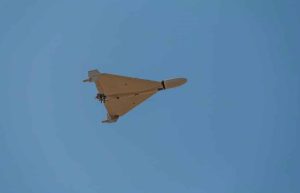
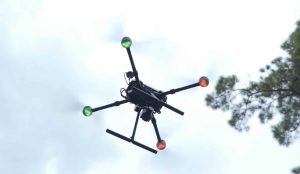
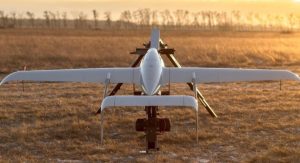
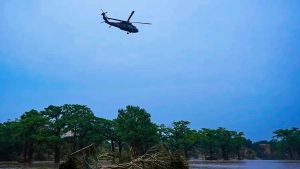
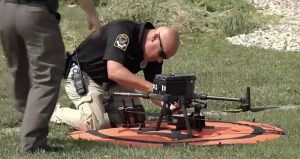

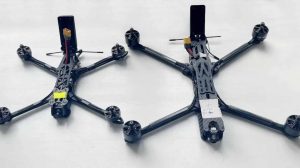

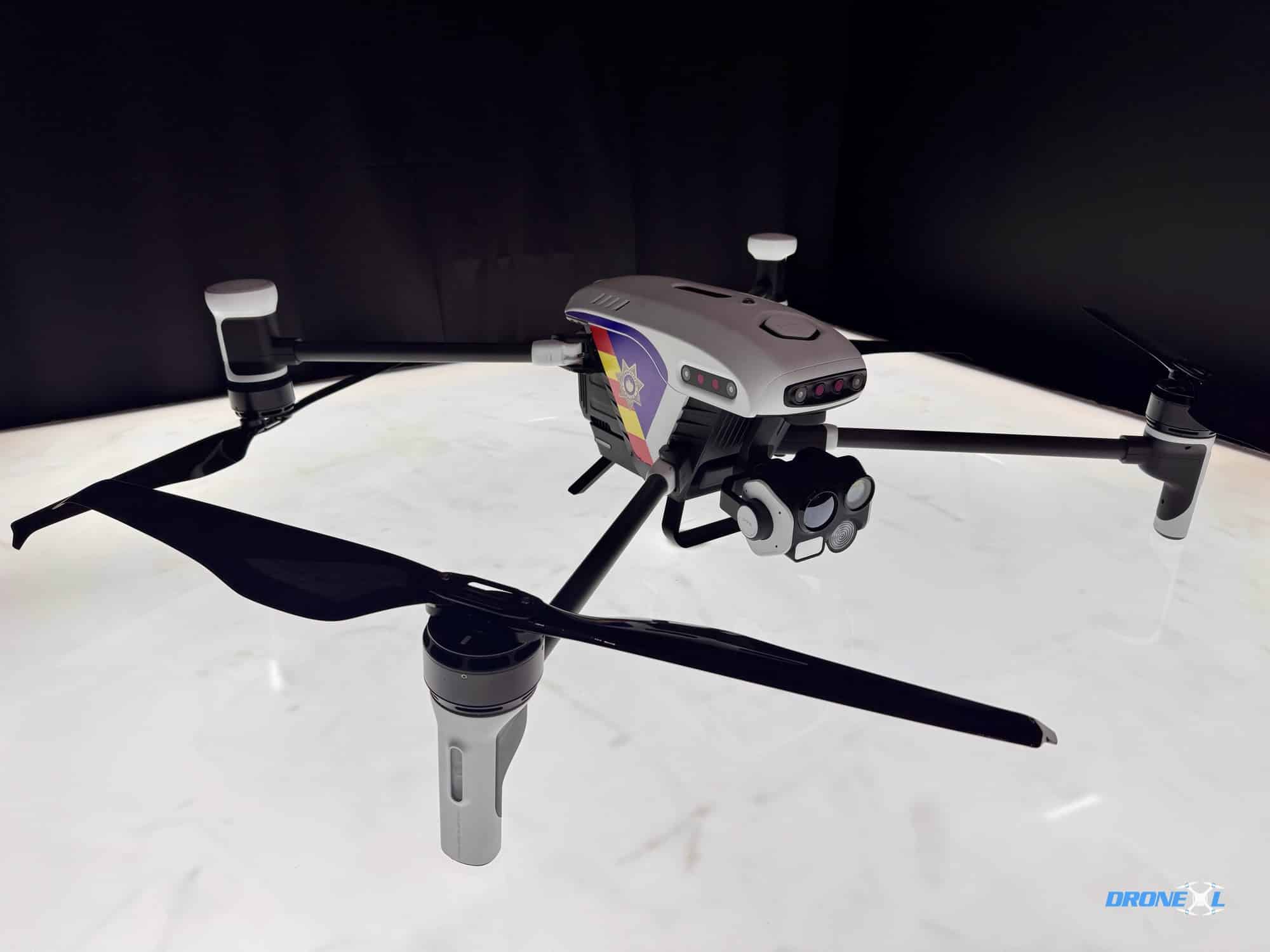
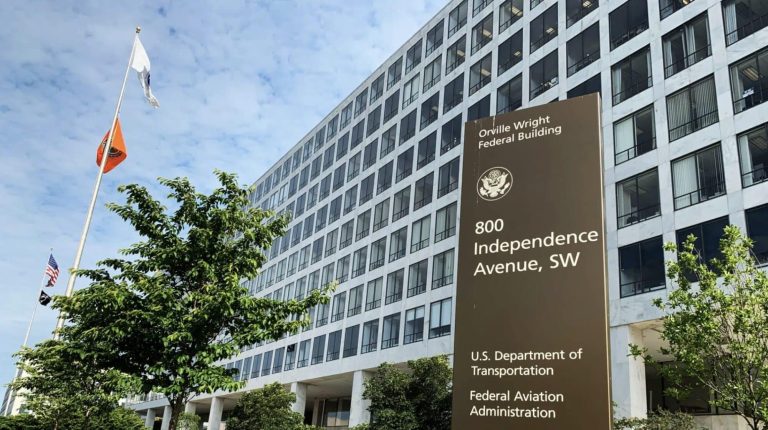
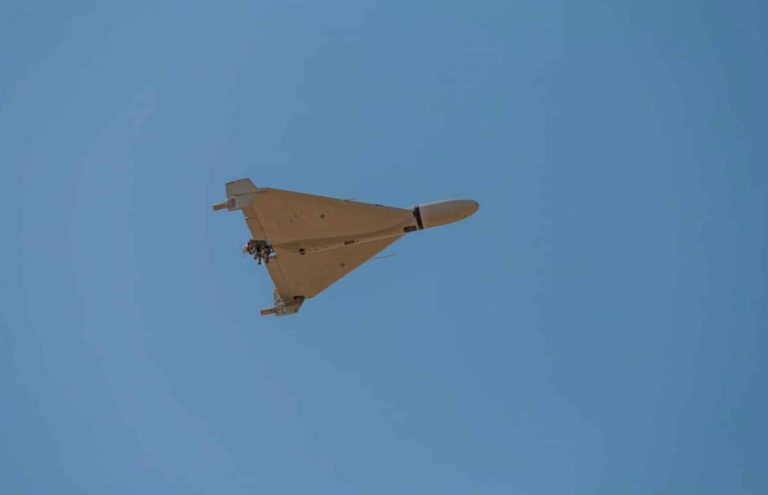
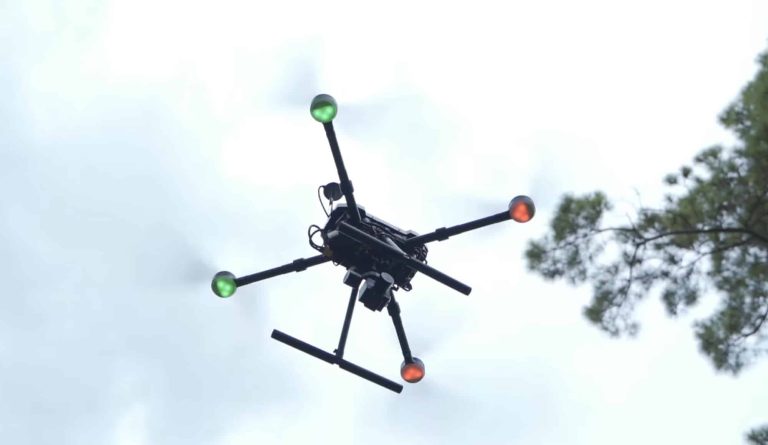

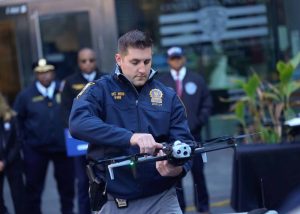

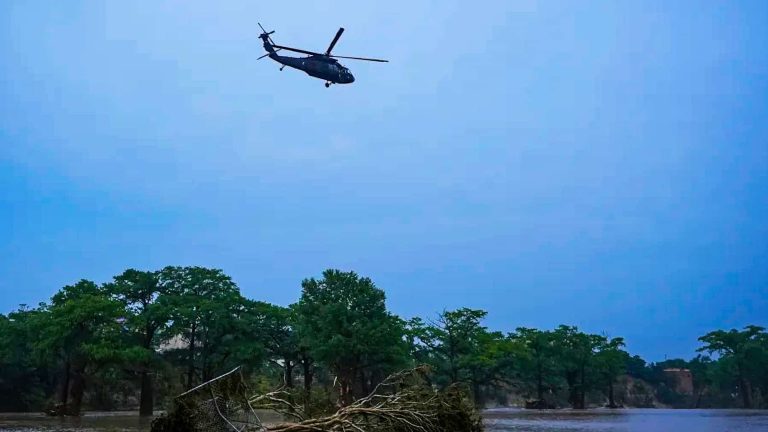
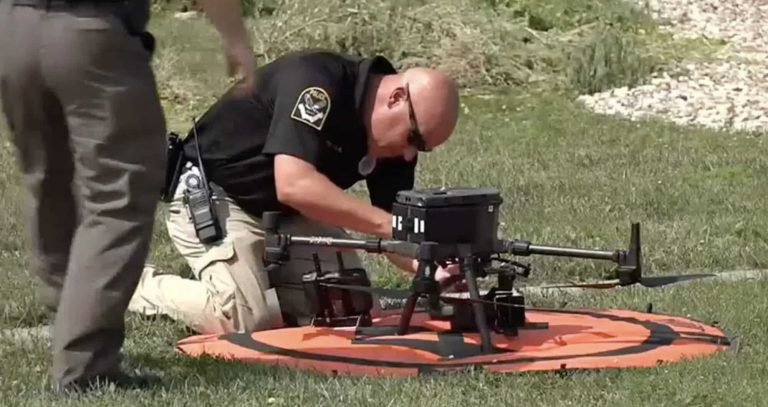


+ There are no comments
Add yours